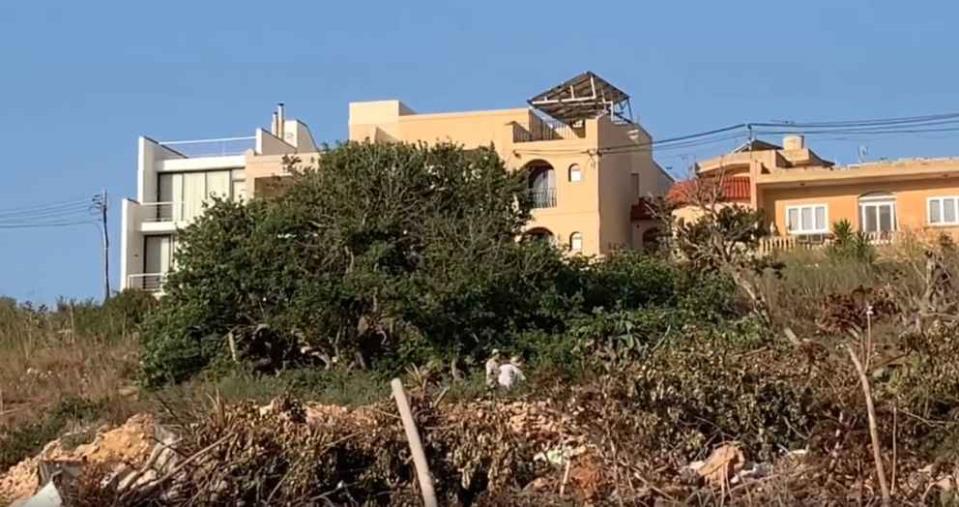Contrary to popular belief, carob trees, known in Maltese as Il-Ħarruba, are not protected species in urban areas (development zones), according to legislation updated last year.
Prior to the recent update to the regulations, the carob tree was listed as a protected species in all areas. To uproot or fell a carob tree, a licence would have been required from the Department of Agriculture, although cutting only the leaves of a carob tree was permitted.
The original list of trees protected in all areas was slashed by approximately half by the new legislation. A section of the original law which stated that all trees older than 50 years were protected, irrespective of whether they were among those on the protected list, was also removed.
The 2018 legislation states that trees that visible on 1967 aerial photos or which are more than 50 years of age are protected only if located within protected areas, Outside the Development Zone (ODZ), within Urban Conservation Areas or in urban public open spaces.
The objective of the Trees and Woodlands Protection Regulations is to protect trees and woodlands on the Maltese Islands and to regulate the activities that may affect them.
The new regulations list two schedules, with the first indicating trees that are protected and the second listing invasive, alien or environmentally-incompatible species. Another two schedules list the fees and penalties that apply.
The first schedule is divided into two tables with Table 1 listing trees which are protected in all locations in Malta and Table 2 listing the species that are protected within protected areas.
Tree protection areas are based on a number of criteria stipulated in the regulation and are registered on the authority’s website.
The carob tree falls under Table 2, as does the apple tree, olive tree and pomegranate tree, among others. The last three are not protected if planted for agricultural purposes for fruit or oil production in a field registered for agricultural use with the Agriculture Directorate and used by a registered farmer.
Outside the zones mentioned, in general urban areas, uprooting carob trees is legal and does not require a permit.

This issue was recently raised when a Facebook user uploaded a video of two people chopping down carob trees in Qala, where a seven-storey apartment block will be built. It appears there was an altercation between the person taking the video and the men cutting down the trees, with the latter telling him that he should not be taking photos.
A permit for the site approves the construction of 30 garages, one car space, a Class 4A office, 53 residential units and a terraced house with a pool.
The permit also includes a tree survey which notes that the site features carob, fig and almond trees. The Environment and Resources Authority noted that these trees are not in fact protected, in line with the new regulations, and a permit for their removal is not required.
Schedule of protected trees can be seen here